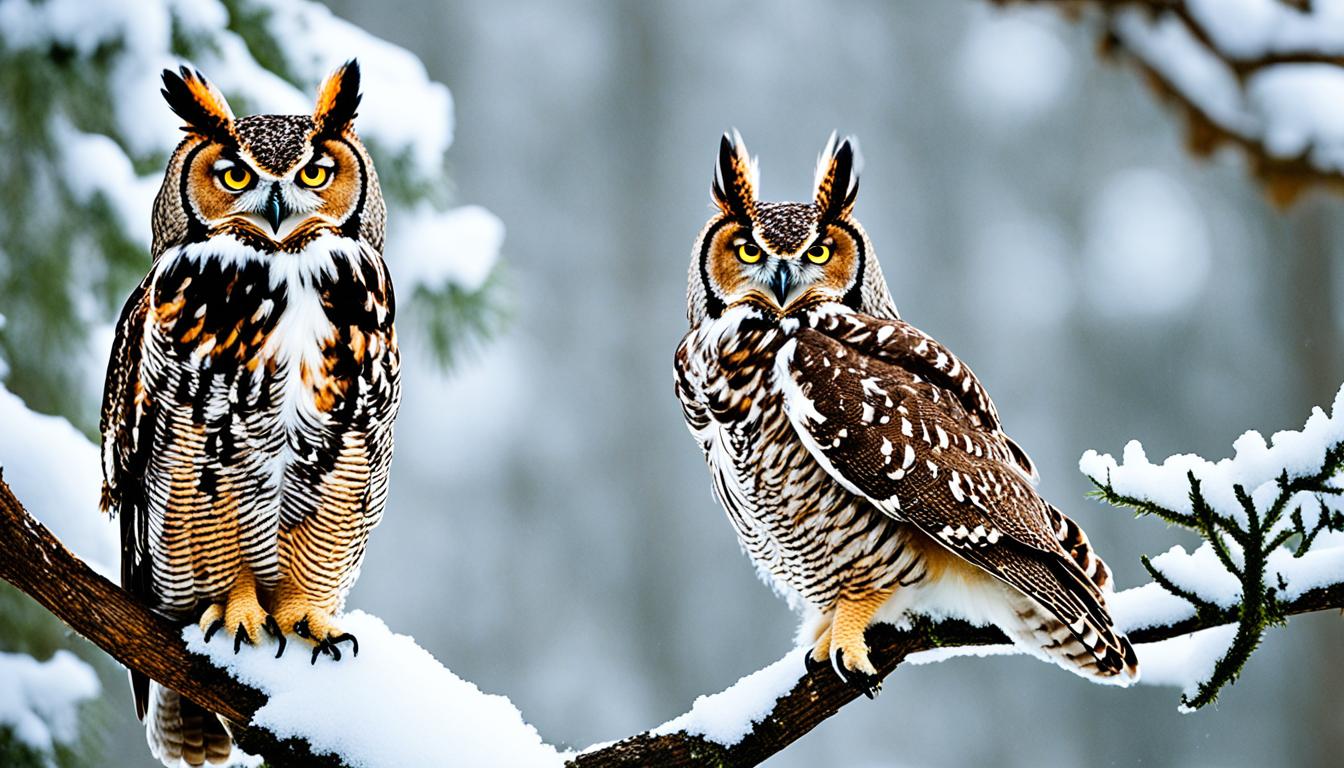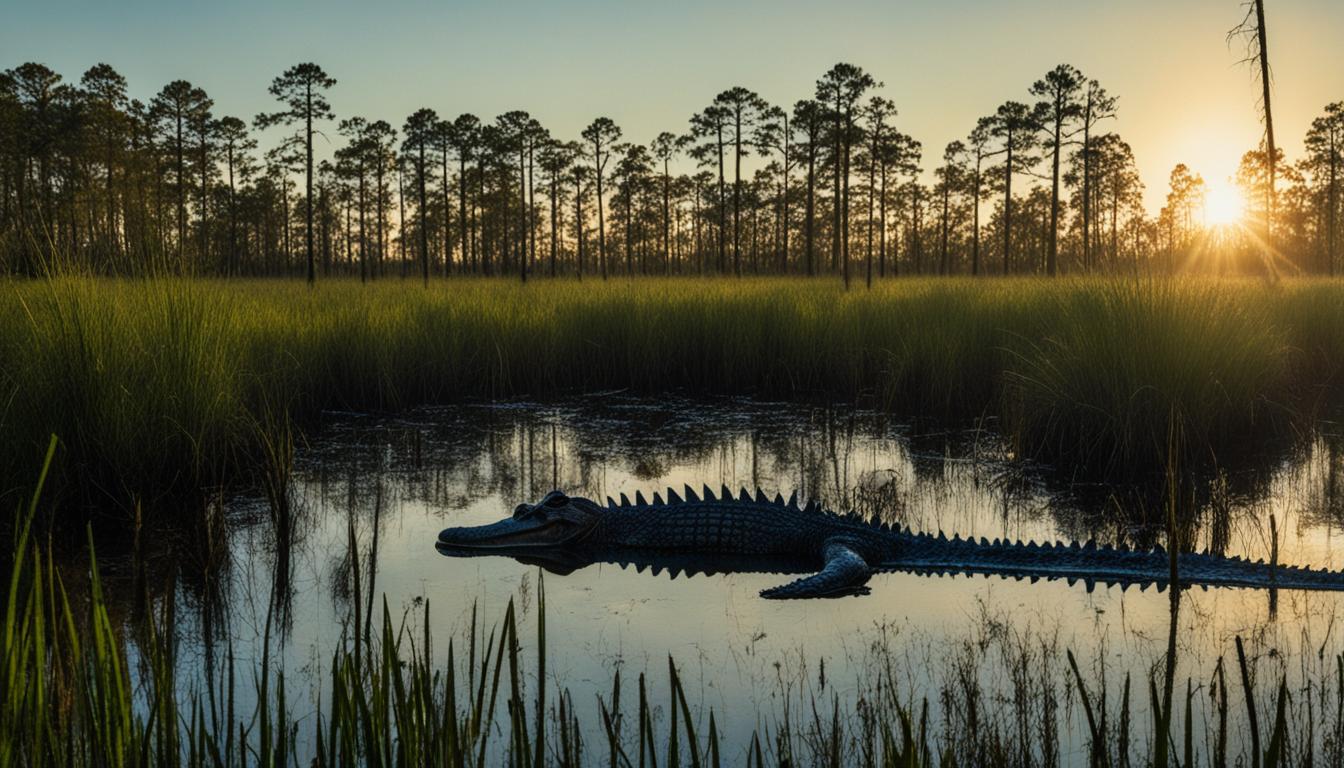Alligators will climb into trees – but they won’t climb them like a squirrel can. Inclined, wide tree trunks overhanging waterways are perfect for relaxing in.
Can Alligators Climb Trees?
Alligators (Alligator mississippiensis) are one of two types of giant aquatic reptiles in North America and they are very agile indeed. All large lizards and crocodilians have the same body structure with a long body and tail and with legs that are set out sideways (rather than straight down like a dog). They seem to move in an ‘s’ like a snake, throwing each leg forward as they twist their body.
With this lumbering movement – with their belly on the ground – you might think they can’t climb trees – but you would be wrong. Alligators can be incredibly active and are able to climb seemingly impossible terrain by simple persistence. They live in swamps and rivers where there can be tree roots, vines, and floating vegetation – and often very steep banks in and out of the water. However, they can easily traverse these obstacles.
If, therefore, a tree is sloping out of the water, overhanging close to the edge, or otherwise with branches at a lower angle than vertical – alligators can and will have a go. Although they can swim most excellently (faster than dolphins if they need to) – they still like to escape the water every so often and when their home creeks are flooded, they will step out up into the canopy where they can have a relaxing snooze.
They will also feed from trees – they can leap up to 5ft straight out of the water to grab a bird or mammal on a low branch. Many animals don’t like to come down to the ground to drink from the water’s edge; they walk along overhanging branches to get near the water from further in. The clever alligators have learned of this trick and with a flap of their incredibly strong tail can leap straight up to grab an easy meal.
Can Crocodiles Climb Trees?
Closely related to the American Alligator is the American Crocodile (Crocodylus acutus) which is one of 4 species of crocodile in the Americas – but the only one in an American state (all the others are in Central America and the Caribbean). It is much larger on average than the alligator, and as an adult is not quite as agile.
There are reports that smaller (younger) crocs can climb near-vertical trees – just like other small to medium lizards regularly do. Iguanas can be 2m (6ft 6in) long and weigh up to 4kg (8.8lb) – and they are more than capable of climbing any tree and wandering around the branches. This is the climbing style that the younger crocs adopt.
However, if you are being chased by an adult – don’t think that climbing a short tree to escape a chase will help you. Crocodiles can easily reach heights of nearly 2m (6ft) high – just by standing upright and using their strong claws. You wouldn’t think it was possible seeing that they can weigh up to 900kg (2000lb) as adults.
However as they can also reach lengths of up to 6m (20ft) and can stand up on their back feet – now we can start to worry. If they get the right tree and the right angle – they could well be following you up a tree. Best stick to the zig-zag running (or choose a very tall straight tree).
Can Beavers and Alligators/Crocodiles Climb Trees in the Same Way?
In the intriguing world of wildlife, there is a fascinating beavers climbing trees video that has captured attention. While beavers are excellent tree climbers, alligators and crocodiles possess a completely different set of skills. These reptiles are adapted for water habitats, excelling in swimming and lurking beneath the surface. However, climbing trees is not their strong suit, leaving the beavers to conquer the heights with their impressive prowess.
Will Alligators Climb Your Fence?
It isn’t just trees either – alligators can climb anything if they set their mind to it. There are many videos and tales of alligators climbing into yards over chain fences like it was nothing. Their large solid claws and well-spread toes allow them to snag onto gaps and treads in gates and fences, helping them to get themselves over simple barriers.
Without angled tops or roll bars, they just use their sheer weight to help balance their way over. You would think that the younger ones would have the advantage – but it seems that medium to large gators finds it just as easy. They won’t dig underneath a fence as easily – so there is that at least?
Not so fast though – as alligators have also been known to climb stairs onto porches and into homes – and even ladders. There really isn’t anything that they won’t try to climb if they think it is worth the effort. Maybe it’s worth considering checking everywhere if you see wet footprints near your home!











